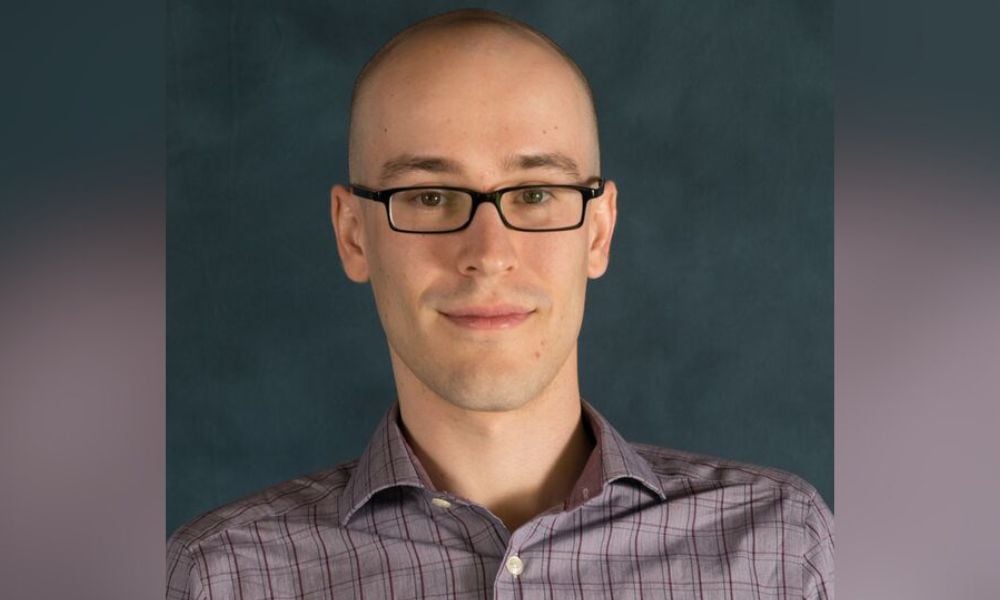First case where appeal court will rule on whether downstream emissions must be assessed: lawyer

In an appeal brought by environmental and Indigenous groups, the Federal Court of Appeal will rule on whether environmental assessments must consider downstream greenhouse gas emissions, says Ian Miron, managing lawyer at Ecojustice.
In June, the Federal Court dismissed the challenge of the federal approval of the Bay Du Nord offshore oil project. Ecojustice filed the appeal on behalf of Sierra Club Canada Foundation and Mi’gmawe’l Tplu’taqnn Incorporated (MTI), which represents eight New Brunswick Mi’gmaq communities. The appellants argue that the expansion of oil and gas drilling off the coast of Newfoundland and Labrador threatens the climate, marine ecosystems, and local communities.
“This is a major oil and gas development project,” says Miron. “The government has an environmental assessment process in place, and, unfortunately, that process disregarded the bulk of the, quite frankly, disastrous climate and environmental impacts that the project would cause. And it did so in a way that fell short of the government's constitutional duty to consult with Indigenous groups.”
“This is the first case, I believe, where the court is being asked to rule on whether downstream greenhouse gas emissions must be considered in an environmental assessment. We and our clients say they must. It's a novel issue in Canada.”
In April 2022, Minister of Environment and Climate Change Steven Guilbeault approved the Bay du Nord project, finding that it is not likely to cause significant adverse environmental effects “when mitigation measures are taken into account.” The approval relies on 137 legally binding conditions, which include measures to protect fish, marine habitats, air quality, migratory birds, species at risk, and Indigenous peoples’ use of resources. The ministry said it was the first time such an approval has included the requirement that the proponent – the Norwegian company Equinor – achieve net-zero GHG emissions by 2050. Equinor’s conditions also include a requirement to consider “best available and new technologies to allow for the adaptive management of GHGs” and to incorporate measures to reduce emissions into the project’s design.
“At five times less emissions-intensive than the average Canadian oil and gas project, and ten times less than the average project in the oil sands, the Bay du Nord Development Project is an example of how Canada can chart a path forward on producing energy at the lowest possible emissions intensity while looking to a net-zero future,” said the ministry.
But, the appellant argues that the impact assessment failed to consider 90 percent of the project’s GHG emissions.
“That's just, in our view, not a complete assessment,” says Miron.
The appellants argue that the ministry’s decision was unreasonable because it did not consider the project's impacts on downstream GHG emissions and shipping. They say MTI is concerned that the increased shipping activity and tanker traffic in Arctic salmon migration will harm the salmon population on which the communities rely, threatening their constitutionally protected fishing rights.
In Sierra Club Canada Foundation v. Canada (Environment and Climate Change), the Federal Court found that it was reasonable for the Impact Assessment Agency of Canada to exclude downstream GHG emissions in the project’s assessment. “I agree with Equinor that Canadian regulators have repeatedly found that downstream GHG emissions need not be considered in environmental assessments, and those decisions have been upheld on appeal or review,” said Federal Court Justice Russel Zinn.
Zinn said he also agreed with Equinor that the “downstream locations and uses of Project oil” are unknown, so it is impossible to determine whether those uses’ emissions are within Parliament’s legislative authority. He said that the Agency can only speculate about the environmental effects of downstream GHG emissions because the oil could end up anywhere in the world and be used for numerous purposes.
Lawyers for the respondents in the appeal did not respond to a request for comment.










